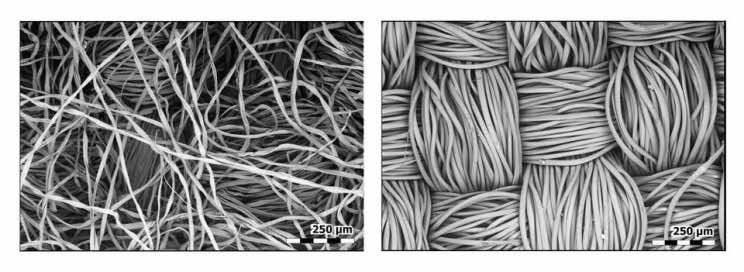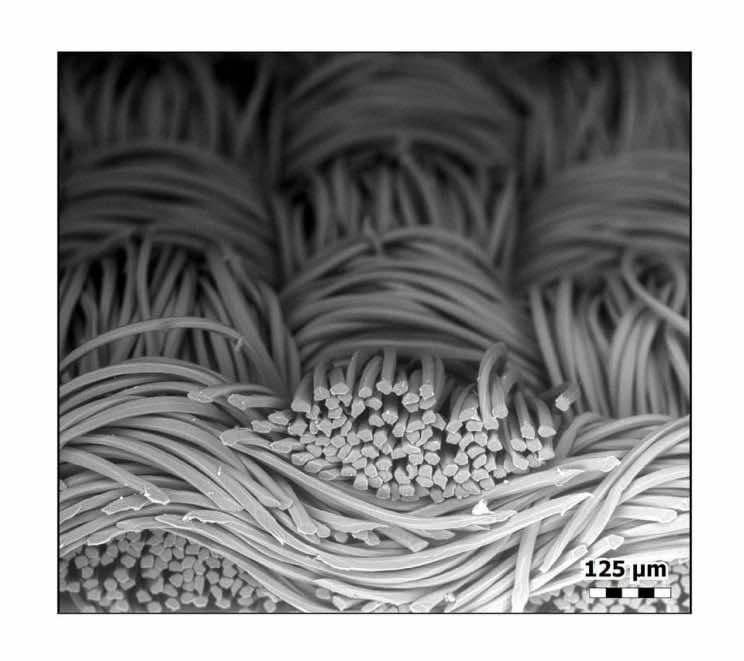Zoom in to anything hard enough and you’ll start to see things undiscernible by the naked eye. Something that’s easily recognizable from a distance becomes a completely different thing under the lens of a microscope and the difference is amazing and beautiful. Even regular face masks become a work of art under a microscope and that’s just what this team of researchers did.
A team of researchers, from the US National Institute of Standards and Technology or NIST, put regular cloth face masks, that people use to stay face from the spread of COVID-19, under a microscope. Their main goal was to understand how did the materials actually work and perform in terms of protecting the wearer from external particles flowing in the air.
Since the COVID pandemic started, people have been debating just how effective cloth masks are and whether they are even capable of blocking airborne particles as surgical masks do. According to a report by NIST, cloth face masks block some of the virus-filled droplets and smaller particles called aerosols that an infected person exhales or coughs. They also protect the wearer by acting as a filter for the air they inhale.
One of the researchers, Edward Vicenzi, used a scanning electron microscope to take a ‘closer’ look.

As you can see from the images provided, I do not think anyone would have been able to guess that these were closeup of face masks. One could mistake them for works of art even.
Now the team analyzed 32 natural and synthetic fibers, including cotton, wool, synthetic, synthetic blends, and synthetic/cotton blends. Vincenzi said that “I was instantly drawn into the beautiful interlocking patterns made by woven materials. Despite the simplicity of the patterns, each thread, which is made up of a bundle of fibers, has its own complex shape” and “On the other hand, the non-woven materials like N95 and surgical masks were like viewing a wildly chaotic scene filled with fibers of all sizes going in every direction. The contrast between the two types of textures hit me right in the face”.

The team’s findings were published in the journal ACS Nano last June and showed that fabrics made from cotton tended to perform better than most synthetics. Cotton flannels were most effective, even after they were exposed to lots of moisture from simple breathing.


